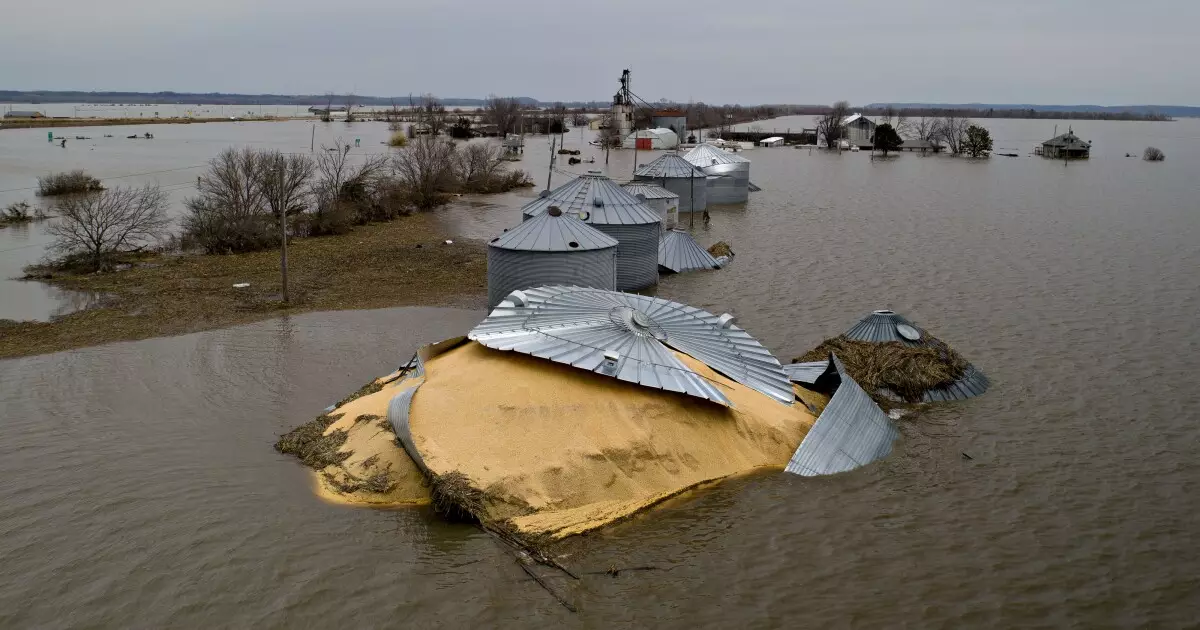The Biden administration recently announced that public infrastructure built with federal emergency funds must adhere to stricter flood-risk standards to combat the escalating climate risk. This new standard, years in the making, mandates that buildings and other infrastructure constructed with Federal Emergency Management Agency (FEMA) funds should either be elevated higher above local flood levels or relocated to safer areas. FEMA administrator Deanne Criswell emphasized the impact of climate change on flood risk nationwide, particularly in the face of sea-level rise. This initiative aims to break the cycle of response and recovery associated with flood events, highlighting the importance of proactive measures.
The finalized Federal Flood Risk Management Standard enables FEMA to incorporate the best available science into projects and make communities more resilient in the face of increasing flood conditions. This rule, the first of its kind adopted by a federal agency, prioritizes designing infrastructure funded by federal dollars with future climate risks in mind. Over the last few decades, FEMA has allocated significant resources towards infrastructure restoration and risk reduction due to floods and related events. With billions of dollars spent, the agency recognizes the long-term savings associated with investing in climate-resilient infrastructure.
While the new standard may lead to increased project costs, officials assert that it will ultimately save money in the long run. Incorporating two feet of elevation into new building designs, on average, adds less than 2% to the project cost. Prior to this standard, FEMA required different levels of protection based on project criticality, reflecting current flood risk levels. The updated standard accounts for future flood risk by increasing flood elevation and expanding the floodplain. It ensures that officials consider current, foreseeable, and future flood threats when rebuilding post-disaster, emphasizing proactive planning and resilience.
In addition to elevation requirements, the new standard emphasizes the importance of using natural features and nature-based approaches in floodplain or wetland projects. By preserving the beneficial functions of floodplains and wetlands, these projects can enhance resilience and minimize the impact of flooding on communities. Secretary of Homeland Security Alejandro Mayorkas underscored the significance of taking proactive steps to increase resilience before disasters strike, emphasizing the need to safeguard lives, property, critical infrastructure, and taxpayer money in the face of climate change threats.
The development of the FEMA standard spanned multiple administrations, from its inception under President Obama to its revival and finalization under the Biden administration. The urgency of addressing flooding and climate change-driven storms has become increasingly apparent, with recent events, such as Hurricane Beryl’s impact on Houston, highlighting the vulnerability of flood-prone areas. Despite the evident need for stricter standards, local governments continue to face funding challenges. A survey conducted by the National League of Cities revealed that only a small percentage of municipalities are currently utilizing climate data in their infrastructure planning, indicating a disconnect between awareness and action.
The implementation of stricter flood-risk standards in public infrastructure funding is a crucial step towards enhancing community resilience in the face of climate change. By incorporating climate science, elevating infrastructure, and utilizing nature-based approaches, projects can not only mitigate flood risks but also generate long-term cost savings. As the impacts of climate change become more pronounced, proactive measures are essential to safeguarding lives, property, and critical infrastructure. The Biden administration’s push for stricter standards sets a precedent for future development and underscores the necessity of prioritizing resilience in public infrastructure projects.

